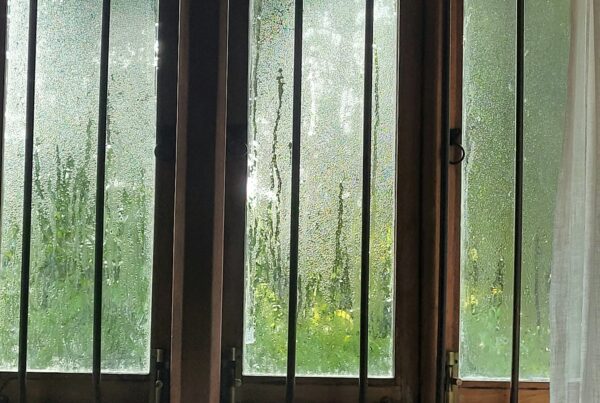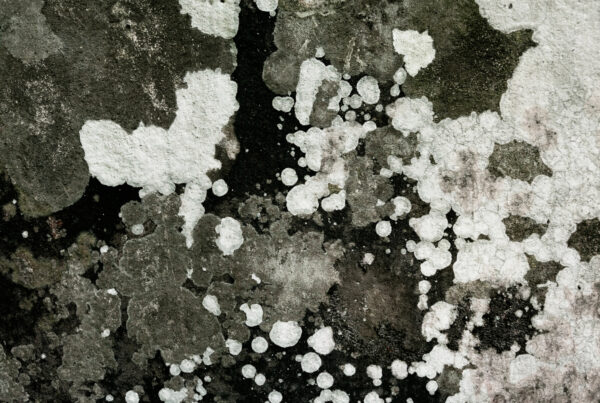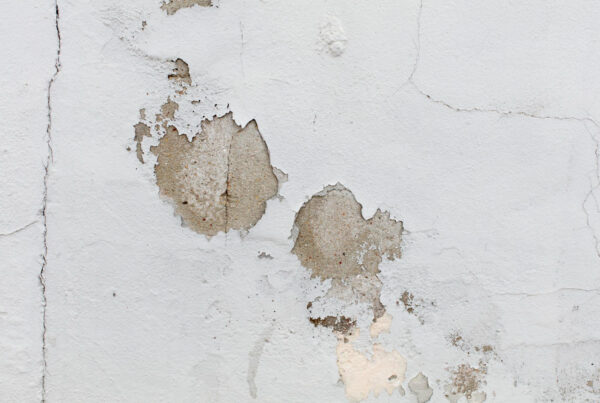Dry rot repair costs vary depending on the extent of the infection, structural damage, and underlying moisture problems that need attention. Understanding the factors that influence pricing helps you budget correctly and make informed decisions about professional treatment. This article explores typical cost ranges for different repair scenarios, explains pricing factors, outlines when to invest in professional treatment, and explores cost-effective strategies.
What Factors Influence Dry Rot Repair Costs?
Several key factors determine the final cost of dry rot treatment, with infection extent and structural complexity being the primary cost drivers. Properties with extensive fungal spread across multiple rooms will require more intensive treatment than localised infections. Primary cost factors are:
- Infection extent – Widespread dry rot affecting multiple areas costs more than localised outbreaks
- Structural damage severity – Load-bearing timber replacement requires specialist engineering and temporary support
- Access complexity – Hidden infections in wall cavities or roof spaces increase labour costs
- Property age and construction – Period properties with traditional construction need specialist expertise
- Moisture source elimination – Underlying damp problems requiring waterproofing or major building repairs
The location of infected timber greatly affects costs. Ground floor joists buried beneath concrete floors are more expensive to access than readily accessible roof timbers. Dry rot affecting external wall plates embedded in masonry requires more complex remediation than internal partition timber damage.
Professional dry rot treatment is a recommended solution that includes a comprehensive assessment to identify all cost factors before providing accurate quotations.
What Are Typical Dry Rot Repair Cost Ranges?
Dry rot repair costs range from hundreds of pounds for minor localised treatment to tens of thousands for extensive structural remediation. Understanding these ranges helps property owners prepare appropriate budgets for professional intervention.
The type of rot affecting your property influences pricing, as dry and wet rot require different treatment approaches. We at Refresh can accurately diagnose the specific fungal infection type and recommend the most cost-effective treatment strategy.
Estimated Cost Ranges:
- Minor localised treatment – £500-£1500 for small areas affecting non-structural elements
- Moderate structural repairs – £1500-£5,000 for single room treatment, including timber replacement
- Severe damage– £5,000-£10,000 for whole-house treatment affecting multiple floors
These estimates include professional assessment, timber removal and replacement, fungicidal treatment, and basic moisture control measures. Additional costs may arise for comprehensive damp proofing works, building regulations applications, or specialist structural engineering consultancy.
Contact us on 0208 959 6424 for exact quotes based on your needs.
How Do Different Treatment Approaches Affect Costs?
The selection of treatment approaches impacts immediate costs and long-term value. Extensive professional treatment includes higher upfront costs but provides guaranteed results and prevents expensive recurring problems.
Properties affected by dry and wet rot may benefit from integrated treatment approaches that simultaneously address multiple timber preservation issues. Experienced specialists can identify the most efficient treatment sequence to minimise costs while ensuring complete eradication.
Partial DIY treatments may appear cost-effective initially, but fail to address hidden infection areas or underlying moisture causes. These incomplete approaches lead to recurring problems that are more expensive than professional treatment.
Professional dry rot treatment includes thorough investigation, complete fungal eradication, structural repairs, and moisture control measures. This comprehensive approach eliminates the infection permanently and provides warranties against treatment failure.
When Do Additional Costs Apply?
Some circumstances can increase dry rot repair costs beyond basic treatment requirements. Understanding these potential additional expenses helps property owners budget accurately. Additional cost considerations include:
- Building regulations compliance – Structural alterations may require formal applications and inspections.
- Specialist engineering – Complex structural repairs need professional engineering design and certification.
- Access equipment – Scaffolding or specialist access equipment for demanding locations.
- Temporary accommodation – Severe cases may require temporary relocation during treatment.
- Service disconnection – Gas, electricity, or water isolation during structural work.
Properties experiencing multiple timber preservation issues may incur additional costs for coordinated treatment of different fungal infections. However, simultaneously addressing all timber decay problems is more cost-effective than separate treatment programmes.
How Can You Minimise Dry Rot Repair Costs?
Early intervention is the most effective strategy for controlling dry rot repair costs. Prompt professional assessment when the first symptoms appear prevents extensive spread, which increases treatment complexity and expense.
Regular property maintenance also helps reduce the risk of dry rot development by removing moisture sources that create conditions favourable to fungal growth. Annual roof inspections, gutter maintenance, and prompt repair of minor leaks prevent small problems from becoming expensive structural issues.
Coordinating dry rot treatment with planned renovation works can achieve cost savings through shared access requirements and combined building works. Professional treatment from experienced specialists like Refresh delivers better value than multiple attempts at cheaper partial solutions.
What Does Professional Assessment Cost?
Depending on property size and complexity, professional dry rot assessment typically costs between £200 and £500. This investment provides an accurate diagnosis of infection extent, identification of underlying causes, and detailed quotations for remedial work. Specialist assessment can identify whether your property suffers from dry rot, wet rot, or both types of fungal infection, ensuring the most appropriate and cost-effective treatment approach.
Is Professional Dry Rot Treatment Worth the Investment?
Professional dry rot treatment is a sound financial investment compared to escalating costs of structural failure or recurring infection problems. Quality treatment protects a property’s value and removes legal complications during future sales.
Mortgage lenders require evidence of professional treatment for properties with dry rot histories. Insurance companies may also demand certified remediation before providing coverage for previously affected properties.
Our case studies show the value of professional solutions in delivering lasting solutions that protect property investments long-term. Professional treatment includes warranties against treatment failure, providing peace of mind that DIY approaches cannot match.
Expert Dry Rot Treatment Solutions from Refresh Property Services
Understanding dry rot repair costs lets you make informed decisions about protecting your property investment. Our specialists deliver comprehensive dry rot treatment solutions that address fungal problems and underlying moisture causes.
Our transparent pricing ensures you understand exactly what your investment delivers, from initial assessment through complete remediation. We combine competitive rates with proven methodologies that remove dry rot once and for all, preventing recurring costs from incomplete treatments.
Whether facing minor outbreaks or extensive structural damage, Refresh Property Services and Consultants provides tailored solutions backed by decades of specialist experience that protect your property’s structural integrity and market value. Contact us for accurate cost assessment and professional dry rot treatment solutions.



